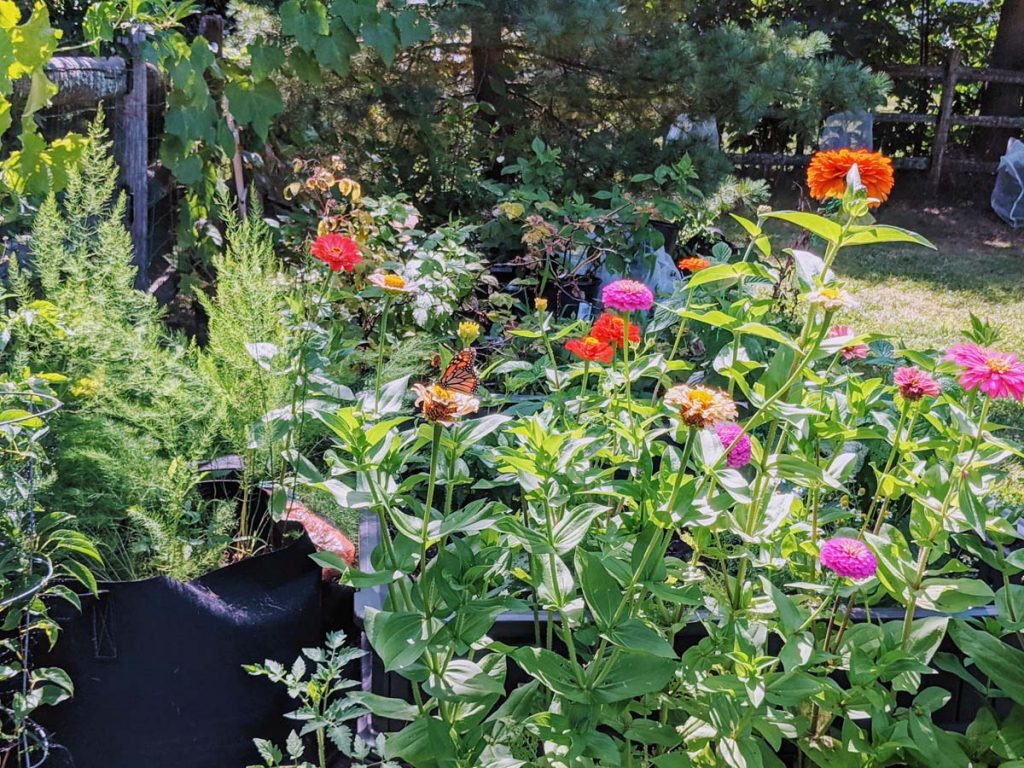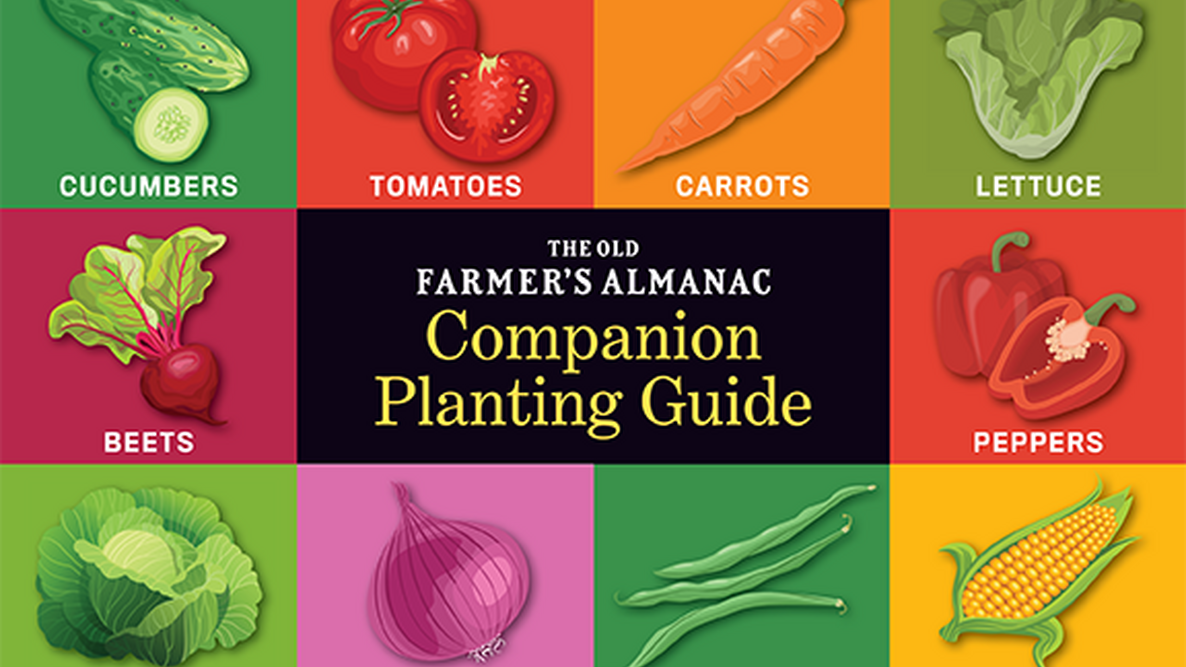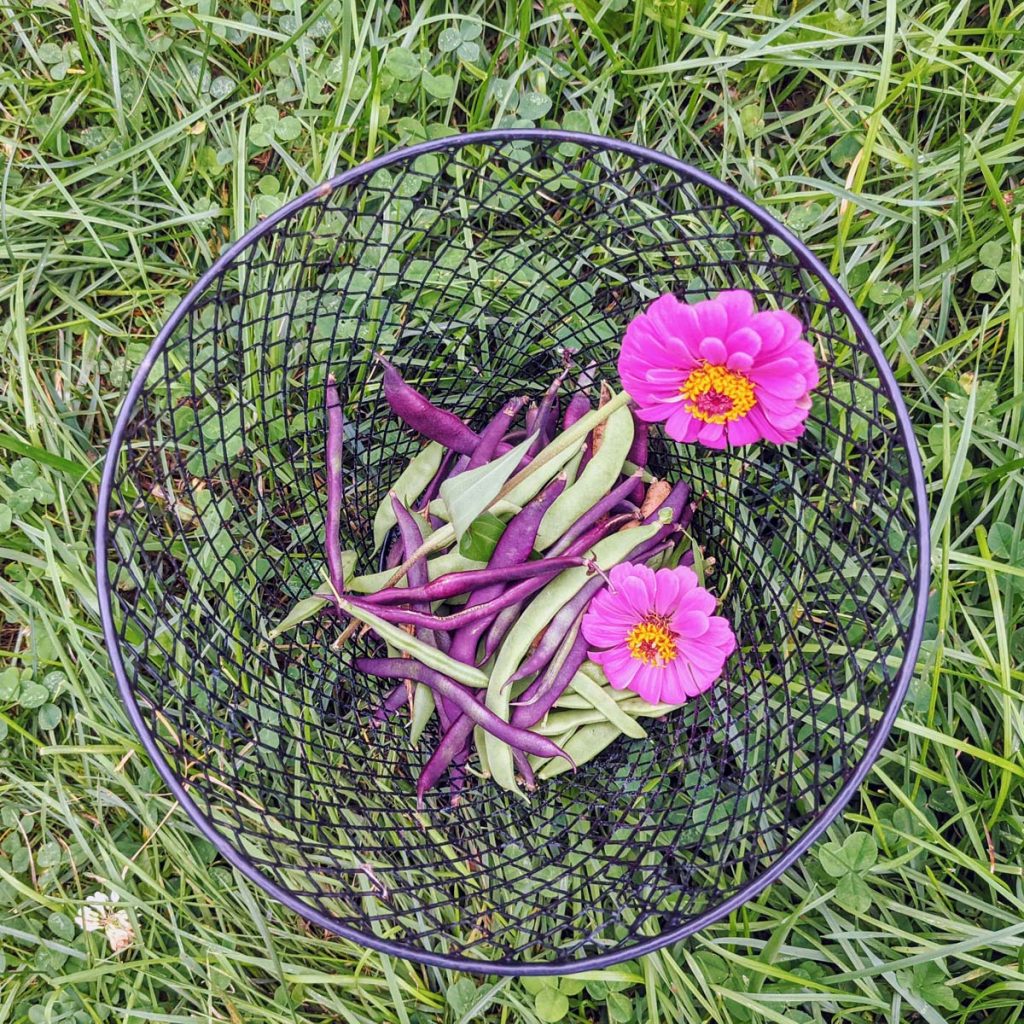Zinnias And Vegetables: The Perfect Pair
Zinnias and vegetables are a match made in heaven. Both are relatively easy to grow, and they complement each other well in the garden. Zinnias add a splash of color and beauty, while vegetables provide essential nutrients.
In this blog post, we will discuss the benefits of growing zinnias and vegetables together. We will also provide some tips on how to plant and care for these plants so that you can enjoy a beautiful and productive garden all season long.
Benefits of Growing Zinnias and Vegetables Together
There are many benefits to growing zinnias and vegetables together. Here are a few of the most important ones:
- Attract pollinators. Zinnias are a favorite flower of bees, butterflies, and other pollinators. These insects are essential for pollinating vegetables, so planting zinnias in your garden can help to improve your crop yields.
- Discourage pests. Some pests, such as aphids and whiteflies, are attracted to vegetables. Zinnias can help to deter these pests by releasing chemicals that make them taste unpleasant.
- Improve the soil. Zinnias are nitrogen-fixing plants, which means that they can add nitrogen to the soil. This can benefit vegetables, which need nitrogen to grow.
- Add beauty. Zinnias come in a wide variety of colors, so you can choose the ones that will best complement your vegetable garden. They also bloom for a long time, so you can enjoy their beauty all summer long.
Tips for Planting and Caring for Zinnias and Vegetables
When planting zinnias and vegetables together, it is important to consider the size and needs of each plant. Zinnias can grow up to 3 feet tall, so you will need to space them accordingly. Vegetables, on the other hand, vary in size depending on the type. Some vegetables, such as tomatoes and cucumbers, need a lot of space, while others, such as carrots and lettuce, can be planted closer together.
Zinnias and vegetables also have different watering needs. Zinnias need regular watering, especially during hot, dry weather. Vegetables, on the other hand, should be watered deeply but less frequently.
Finally, it is important to fertilize both zinnias and vegetables regularly. A general-purpose fertilizer will work well for both types of plants.
Conclusion
Zinnias and vegetables are a great combination for any garden. They are both easy to grow, and they complement each other well. By planting zinnias and vegetables together, you can attract pollinators, discourage pests, improve your soil, and add beauty to your garden.
Zinnias are beautiful flowers that can add a splash of color to any garden. But did you know that they can also be beneficial to your vegetable plants? That's right, zinnias can actually attract beneficial insects and pollinators, which can help to keep your vegetable plants healthy and productive.
So, what are some of the best zinnia companion vegetables? Here are a few suggestions:
- Tomatoes: Tomatoes and zinnias have similar growing requirements, so they make great companions. Zinnias can help to attract pollinators, which can help to improve tomato pollination and fruit set. [TODO]
- Peppers: Like tomatoes, peppers also benefit from the presence of zinnias. Zinnias can help to attract pollinators, which can help to improve pepper pollination and fruit set.
- Cucurbits: Cucurbits, such as cucumbers, melons, and squash, also make good companions for zinnias. Zinnias can help to attract beneficial insects, such as ladybugs, which can help to control pests that can damage cucurbit plants.
- Beans: Beans and zinnias can be planted together to help deter pests. The beans can act as a sacrificial plant, attracting pests away from the zinnias.
- Basil: Basil is another great companion plant for zinnias. Basil can help to repel pests, such as mosquitoes and aphids, which can damage zinnias.
If you're looking to add some zinnias to your vegetable garden, be sure to do your research and choose companion plants that will benefit each other. For more information about zinnia companion vegetables, visit Garden Wiki.
FAQ of zinnia companion vegetables
- What vegetables grow well next to zinnias?
Zinnia is a beautiful annual flower that can add a splash of color to any garden. It is also relatively easy to care for and can attract pollinators. When choosing companion vegetables for zinnias, it is important to consider their growing requirements. Zinnias prefer full sun and well-drained soil. They are also heavy feeders, so it is important to fertilize them regularly. Some vegetables that grow well next to zinnias include:
* Asparagus
* Beans
* Cauliflower
* Cucumbers
* Kale
* Lettuce
* Luffa
* Melons
- What are the benefits of planting zinnias with companion vegetables?
There are several benefits to planting zinnias with companion vegetables. Zinnias can help to attract pollinators, such as bees and butterflies, which can help to pollinate other plants in your garden. They can also help to deter pests, such as aphids and whiteflies. Additionally, zinnias can help to improve the soil by adding nitrogen and other nutrients.
- What are some tips for planting zinnias with companion vegetables?
When planting zinnias with companion vegetables, it is important to consider the size and growth habit of each plant. Zinnias can grow quite tall, so it is important to plant them behind shorter vegetables. It is also important to space zinnias and their companion vegetables properly. Zinnias need at least 12 inches of space between plants, while some of their companion vegetables, such as cucumbers and melons, need even more space.
- What are some common problems that can occur when planting zinnias with companion vegetables?
One common problem that can occur when planting zinnias with companion vegetables is competition for resources. Zinnias are heavy feeders, so they may compete with other plants for water and nutrients. Another common problem is pests. Some vegetables, such as cucumbers and melons, are susceptible to pests such as aphids and whiteflies. If these pests attack zinnias, they can spread to other plants in your garden.
- How can I troubleshoot problems that occur when planting zinnias with companion vegetables?
If you are experiencing problems with your zinnias or their companion vegetables, there are a few things you can do to troubleshoot the issue. First, check the spacing of your plants. Make sure that they have enough space to grow and develop properly. Second, check the soil quality. Zinnias need well-drained soil that is rich in nutrients. If the soil is poor, you may need to add compost or fertilizer. Finally, check for pests. If you see any pests, you can remove them by hand or use an insecticidal soap or neem oil.
Image of zinnia companion vegetables
- Zinnia and asparagus: Zinnias and asparagus are both tall plants that can help to screen each other from the wind. They also have different nutrient requirements, so they will not compete for resources.

- Zinnia and beans: Zinnias can help to attract beneficial insects, such as ladybugs, which can help to control pests on beans. They also have similar water and sunlight requirements, so they can be planted together without any problems.

- Zinnia and cauliflower: Zinnias can help to deter pests from cauliflower, such as cabbage moths and aphids. They also have similar growing conditions, so they can be planted together without any problems.

- Zinnia and cucumbers: Zinnias can help to attract pollinators, such as bees and butterflies, which can help to improve the pollination of cucumbers. They also have similar water and sunlight requirements, so they can be planted together without any problems.

- Zinnia and lettuce: Zinnias can help to deter pests from lettuce, such as aphids and slugs. They also have similar growing conditions, so they can be planted together without any problems.

Post a Comment for "Zinnias And Vegetables: The Perfect Pair"